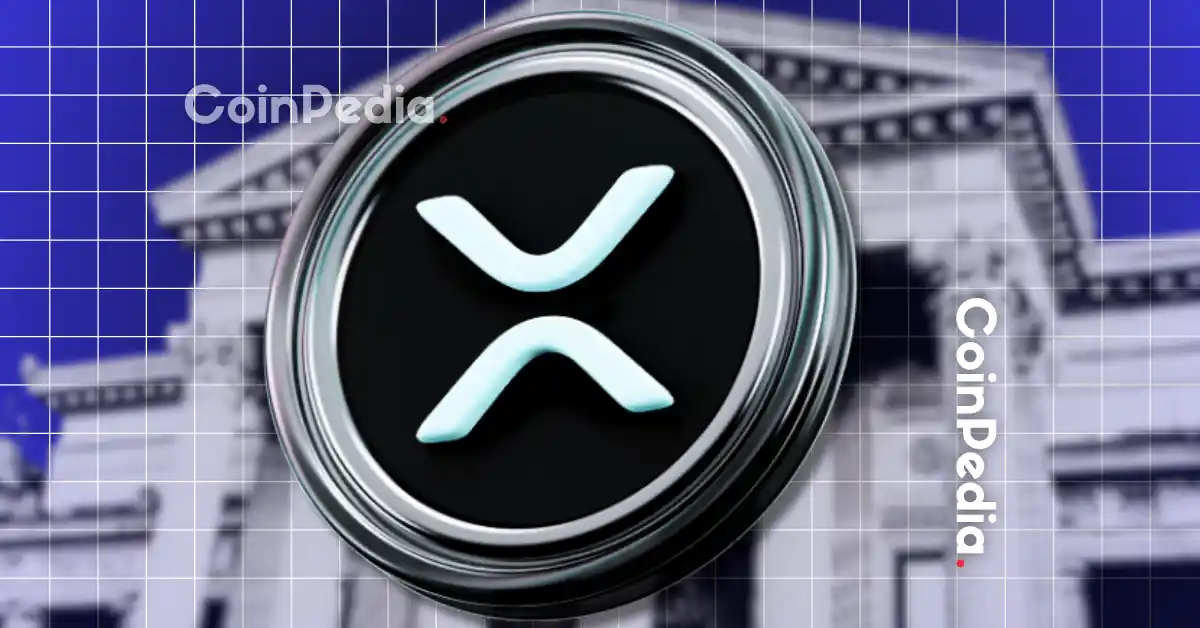The dynamic world of cryptocurrencies frequently reshapes market dominance, and recent developments spotlight a significant shift in altcoin leadership. Notably, XRP has surged ahead to lead the altcoin race, while Solana, once a formidable competitor, appears to be losing momentum. This transition has caught the attention of industry experts, including Mert Mumtaz, CEO of Helius, who starkly declared, “It’s over” for Solana. Examining this shift provides insights into market trends, technological progress, and investor sentiment shaping the altcoin landscape in 2025.
The Rise of XRP Amid Legal Clarity and Market Confidence
XRP has had a pivotal year, gaining approximately 5.04% thus far, outperforming many of its altcoin peers. A critical factor behind this ascendancy is the evolving regulatory narrative. XRP’s parent company, Ripple, has been engaged in a prolonged legal battle with the U.S. Securities and Exchange Commission (SEC), which has significantly influenced market perception and price stability. Recently, XRP’s CEO Brad Garlinghouse expressed strong optimism about the SEC’s case concluding in Ripple’s favor, suggesting legal uncertainty could soon be lifted.
This potential resolution acts as a catalyst for renewed investor confidence, triggering increased buying pressure and institutional interest. Moreover, announcements like SBI Holdings’ substantial $703 million XRP move further solidify faith in XRP’s market potential and liquidity. The combination of regulatory clarity and high-profile investments amplifies XRP’s leadership position among altcoins.
Beyond legal and sentiment factors, XRP has sought to broaden its utility and strengthen its technology stack. The XRP Ledger (XRPL) ecosystem introduces several innovations such as faster transaction finality, lower fees, and energy-efficient consensus mechanisms. These technical advantages position XRP well for various applications, including cross-border payments and tokenized assets.
Additionally, the ecosystem’s expanding portfolio of coins by market capitalization showcases vibrant growth. Projects leveraging the XRPL benefit from increasingly seamless integrations with decentralized exchanges and NFT platforms, giving XRP a multidimensional appeal. These ongoing technological enhancements contrast with Solana’s technical setbacks, reinforcing XRP’s upward trajectory.
Solana’s Decline: Technical Issues and Market Dynamics
In stark contrast, Solana, a blockchain known for its high throughput and developer-friendly environment, has experienced a pronounced decline of over 20.4% this year. Although it has been popular for decentralized applications (dApps) and decentralized finance (DeFi) projects, its recent performance indicates stagnant growth and market fatigue.
Several core issues contribute to Solana’s weakening position. Technical challenges, including network outages and scaling difficulties, have dented user and developer confidence. Solana’s ecosystem, while innovative, faces increasing competition from other layer-1 blockchains offering similar or improved scalability combined with enhanced security protocols.
Investor sentiment is further dampened by the strong rally in XRP and other altcoins, which diverts capital and attention away. The Helius CEO’s succinct “It’s over” statement encapsulates this growing doubt, suggesting that Solana may be losing relevancy if it cannot address its performance and ecosystem agility swiftly.
Market Sentiment and Community Influence
Investor psychology and community perception play pivotal roles in crypto asset performance. The crypto community, often vocal on platforms like Twitter and Reddit, reflects and sometimes amplifies certain narratives. For example, widespread discussions about Solana’s possible “end” or XRP’s breakout create feedback loops impacting market behavior.
Helius CEO Mert Mumtaz, a known supporter of Solana, expressing a resigned verdict is particularly noteworthy. Such a statement from a key insider signals to retail and institutional investors alike that even insiders perceive a shifting tide. Meanwhile, increasing discussions about market manipulation concerns with other projects like Hedera indicate that trust and transparency remain central to sustaining market momentum.
Strategic Outlook: What Lies Ahead for Solana and XRP?
Looking forward, the fate of Solana hinges largely on its capacity to innovate and restore trust. Addressing network stability issues and fostering a more robust developer ecosystem will be crucial. Without resolving these challenges, Solana risks losing ground to competitors benefiting from better scalability and user experience.
For XRP, assuming the legal hurdles with the SEC conclude favorably, the outlook remains strong. As regulatory uncertainty fades, XRP could attract broader institutional adoption and integration into mainstream financial infrastructure. The push toward spot ETFs and Ripple Escrow developments signal a maturing asset class ready for wider acceptance.
Nonetheless, the crypto market’s inherent volatility and rapid evolution mean that neither position is guaranteed. New technological breakthroughs, regulatory shifts, or market sentiment swings can reshape trajectories unexpectedly.
Conclusion: A Pivotal Moment in the Altcoin Landscape
The juxtaposition of XRP’s surge and Solana’s decline reflects deeper currents in the crypto industry—where legal clarity, technological reliability, and community trust converge to define success. XRP’s ascension, buoyed by promising legal outcomes and strategic partnerships, marks a new chapter in altcoin leadership. Conversely, Solana’s struggles underscore the relentless demands for innovation and resilience in a highly competitive market.
Helius CEO Mert Mumtaz’s succinct verdict, “It’s over,” serves as a powerful symbol of this turning point, yet it also challenges Solana’s community and developers to prove otherwise. For investors and observers, the unfolding narrative offers a compelling study in market dynamics, reminding all that cryptocurrencies remain an arena where fortunes rise and fall swiftly, shaped by a complex blend of technology, law, and human sentiment.

